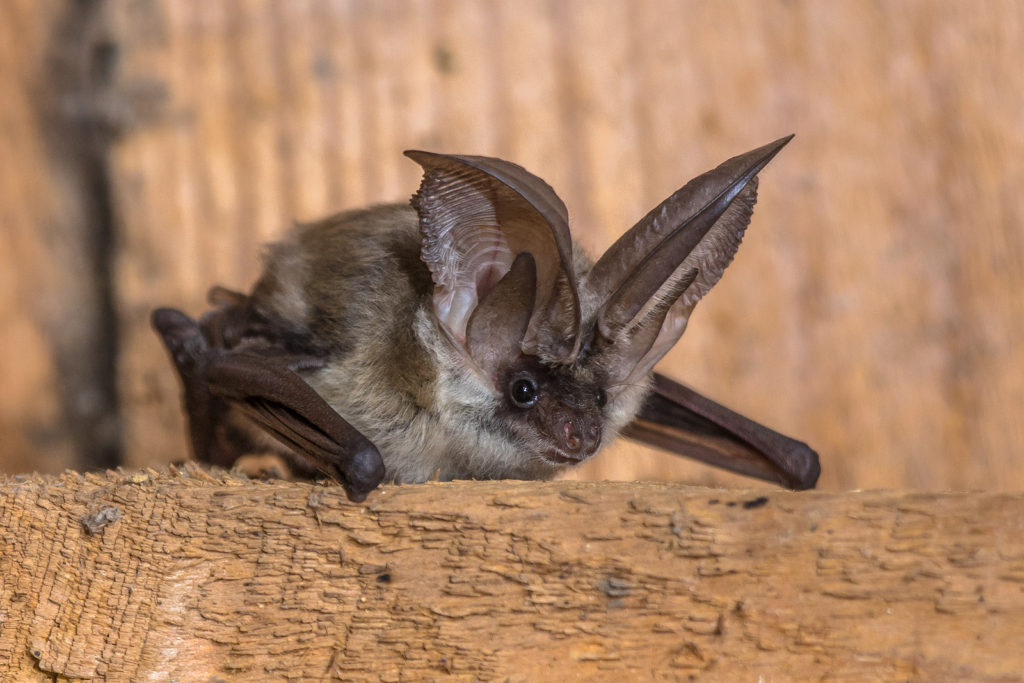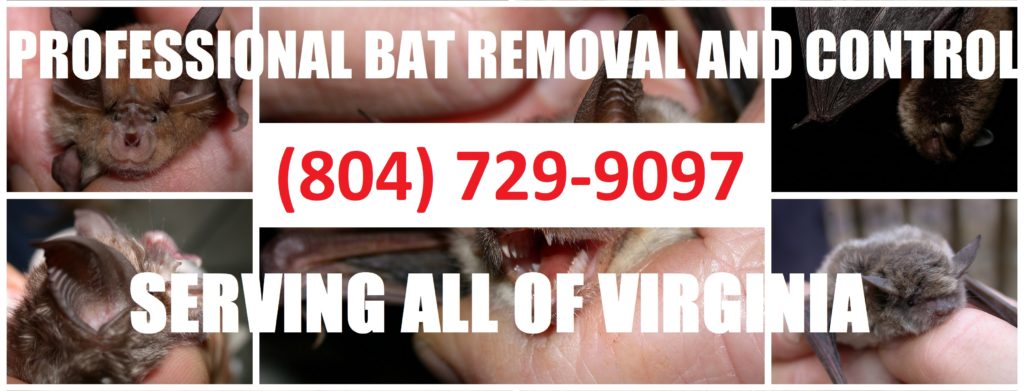Have you ever used the adage, “blind as a bat?” If so, you may be disappointed to learn that you were incorrect. That is because bats are not actually blind. But don’t be ashamed if you always thought this; many people share the same misconception. The truth is that there are more than 1,400 bat species in the world, and not one of those species is blind. What’s even more interesting is that they actually have quite good vision, especially Megachiroptera species (fruit and old-world). This makes sense, as they are night-hunters. So, vision is important for darting and dashing for prey.
Continue reading to learn more interesting facts about bat vision, echolocation, and more.

Megabats and Microbats
There are two main categories of bat species: Megachiroptera and Microchiroptera, also known as megabats and microbats. Megachiroptera, or megabats, are large bats that live in tropical and subtropical climates. They maintain a diet of fruits and nectar, but some species are also known to consume small amphibians and fish.
As for vision, Megachiroptera have large eyes and a pronounced visual cortex that allow them to see very well. They also have a good sense of smell. Some species, like Flying Foxes, actually see well during the day, and are dependent on their daytime vision to fly around on moonless nights. They can also see in color!
Microchiroptera, or microbats, are different from megabats in many ways, however, their vision is just as good. Despite their poorly developed small eyes, scientists have confirmed that microbats have both rods and cone photo-receptor cells in the retinas, giving them the ability to see in the day, in color, and at night.
Furthermore, Microchiroptera (not all species, but most) have a built-in sonar system called echolocation, which emits high-frequency ultrasonic pulses into the air that bounce back and outline the surrounding environment.
Bat echolocation is why many people believe these mammals are blind. But echolocation is simply a bonus attribute that allows microbats to hunt faster and with more precision.
How to Manage Nuisance Bat Problems in Virginia
You will know you have a bat problem when you begin to identify the signs. Common indications include strange noises coming from walls and ceilings, yellow or brown stains on walls or ceilings, foul odors in concentrated areas of the home, bat guano or bird-like droppings, and seeing bats fly around your home at night.
If you are concerned about bats in the attic or around your property in Virginia, there are many safe and affordable options for animal proofing, inspection, and extraction. If you find a bat in the house, never attempt to catch, trap, touch, harm, or kill a wild bat. Instead, contact a 24 hour Virginia wildlife removal company for licensed bat removal and control you can trust.
Are you having problems with nuisance bats around your house? Contact Virginia Bat Pros at 804-729-9097 for comprehensive bat removal and control services in Richmond and all surrounding Virginia areas, including Fairfax County, Norfolk, and Manassas. We serve residential and commercial clients.
Related Posts:
Comparing Little Brown Bats With Big Brown Bats
FAQS About Virginia Bat Control
The Ecological Importance of Bats

